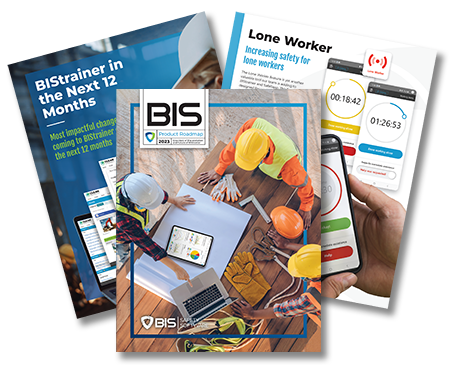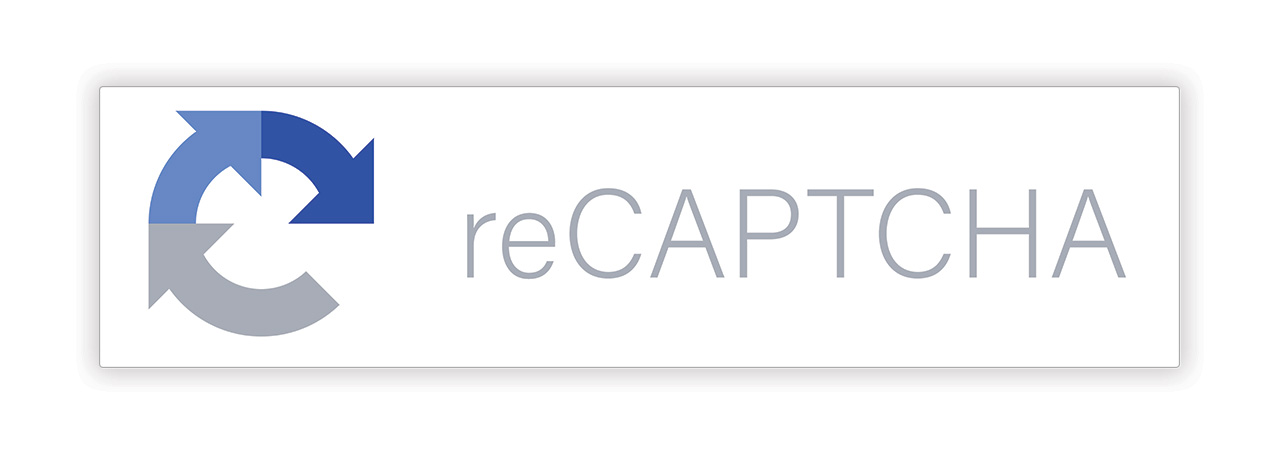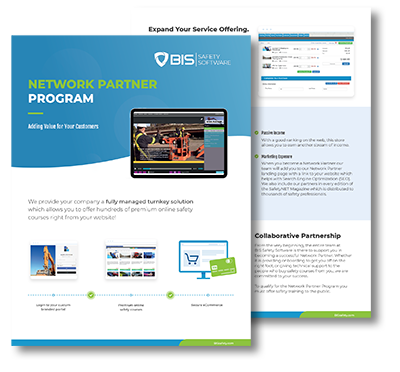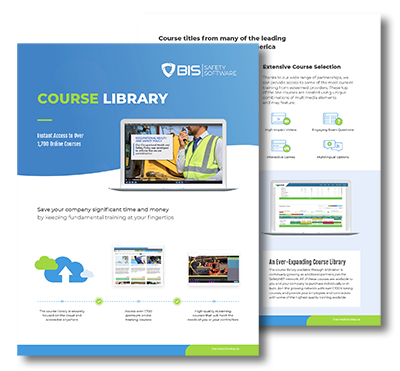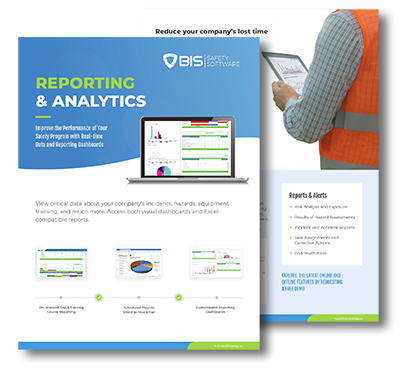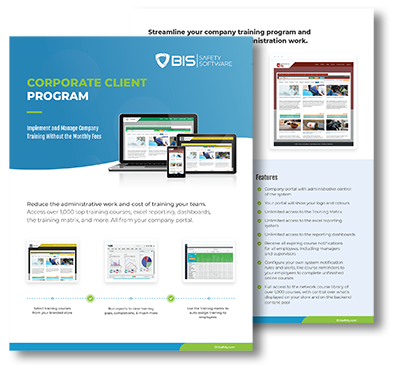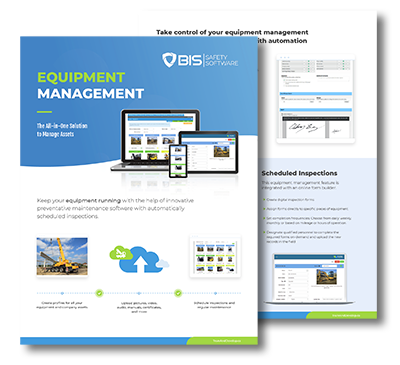Earn your Electrical Safety Training certificate upon successful completion of this course
Electrical Safety Training
ELECTRICAL SAFETY TRAINING ONLINE COURSE OVERVIEW
Approximately 30,000 non-fatal electrical shock accidents occur in the United States each year. The National Safety Council estimates that about 1,000 fatalities each year are due to electrocution, more than half of them occurring while energized systems of less than 600 V are being serviced.
Electrocution is the fourth-leading cause of industrial fatalities in the United States, after traffic, homicide, and construction accidents. The current required to light a 7.5 W, 120 V lamp, if passed across the chest, is enough to cause death. The most damaging paths through the body are those through the lungs, heart, and brain.” (Quoted from the CSA Z462, Annex K)
This course is designed with the intent of educating the participant in the hazards associated with the use of electricity. Whether you are a seasoned journey person, apprentice, engineer, student or manager, this course has been designed with you in mind.

Continuing Education Units (CEUs)

The Engineering Institute of Canada encourages continued education for all engineers. They help do this by recognizing training providers that offer quality courses for professional development.
Continuing Education Units (CEUs) are one way the Engineering Institute of Canada helps to support professional development. CEUs are recognized by the engineering community at large as providing clear evidence of continued learning in the engineering field.
One CEU is defined as “ten hours of participation in a continuing education program organised in compliance with prescribed Standards under responsible sponsorship, capable direction, and qualified instruction”.
ELECTRICAL SAFETY TRAINING ONLINE COURSE TOPICS
Energy Flow and Barriers
- Insulation factors
- Safety basics
- Barriers
- Grounding and bonding
Induction
- What is induction?
- Effects of electrostatic induction
- Effects of electromagnetic induction
- Testing procedures for induction
- Electrostatic discharge (ESD)
- Effects of ESD
- Principles of static electricity control
Step and Touch Potential
- Effects of step and touch potentials
- Effects of a ground fault
- Best protection against step and touch potentials
- How shocks can be received from step and touch potentials
- Types of ground mats and their uses
Electricity and the Human Body
- Five primary hazards associated with electricity and its use
- Major factors which contribute to the effects of electricity on the human body
- Delayed effects associated with electricity on the human body
Electrical Shock and Arc Flash Hazards
- Two types of boundary limitations for electrically operated equipment
- Qualified and unqualified personnel
- Limited approach boundary
- Restricted approach boundary
- Prohibited approach boundary
- Flash protection boundary
- Shock hazard analysis
- Purpose of flash hazard analysis
- Equipment labels and the content of the label
- Example of a generic label
- Examples of labels in use
Safety Training for the Qualified Worker
- Importance of recognizing when you are qualified or not qualified to perform a task
- “Limited approach boundary” for unqualified personnel and the “prohibited approach boundary” for qualified workers
- Use of voltage-related electrical gloves
- Protective clothing and equipment that qualified workers must wear and use
- Procedures for de-energizing equipment and verifying a zero energy state
Personal Protective Equipment
- Recognizing when PPE is required
- Types of PPE necessary under certain circumstances
- PPE limitations
- Proper care and maintenance of PPE
Safe Work Procedures
- Safe work procedures or special precautionary techniques
- Operating procedures necessary to operate specific equipment
- Special precautionary techniques necessary to operate equipment
- Hazard assessment and risk evaluation process
Corded Electrical Equipment, Extensions Cords, Ground Fault Circuit Interrupters, and Circuit Protection Devices
- Hazards associated with the use of power tools
- Care and proper use of power tools
- Selection of extension cords and Ground Fault Circuit Interrupters (GFCI)
- Safe use of extension cords
- Circuit protection devices
Universally Compatible

Continuing Education
This course qualifies for Continuing Education Credits from the Engineering Institute of Canada.
Duration
Average Completion Time
Completion times vary depending on the number of times the information is viewed prior to finishing the course. The average completion time is 7.5 hours.

Testing
Knowledge Assessment
Testing is conducted in this online course to reinforce the information presented. You are provided three opportunities to achieve a passing mark of 80% or greater.

Certificate
Certificate of Completion
Upon successful completion of this course, a certificate will be available to download and print. You can access your certificate through your online account.















